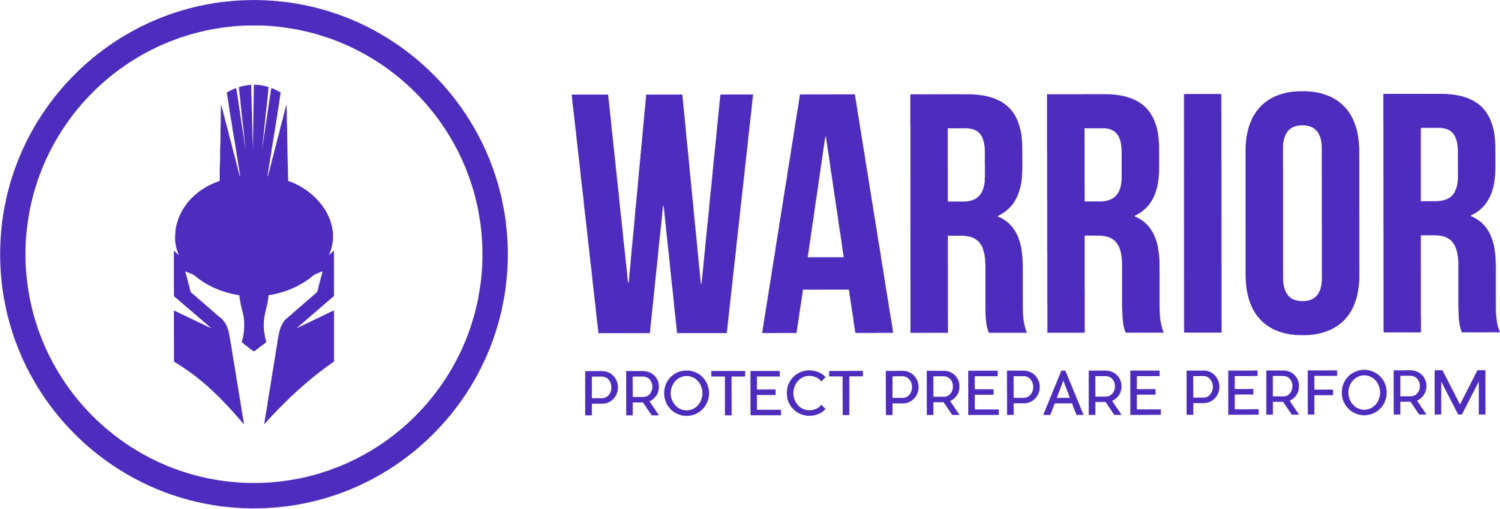Bony Injuries Explained - Wendy Hilton
In the clinic we are seeing bony injuries on the rise, with an increase in appetite for calisthenics training at home (thank you to Joe Wickes) and high uptake in running over the last year. With limited equipment available it is feasible to use bodyweight exercises to maintain or improve fitness levels, however, the sharp upward trend in these types of exercise sometimes exposes people to bony overload.
Most common areas for bony injuries in sub-elite populations are in the medial shin, often commonly called shin splints, pubic ramus and femoral neck. It can be very overwhelming to hear the term bone stress or stress fracture and we hope this article helps to put your fears to rest and to better understand some of the causations.
Our bones are always remodeling and re-augmenting, they have cells for adding calcium and removing calcium for its many uses throughout the body. As bones are our greatest store of calcium we have ample supply on tap and the relative addition and subtraction of this in a healthy individual stays on balance.
Our bone health is best explained on a continuum. One end we have healthy bone that has ample tolerance to load and it is being replenished as fast as the calcium is being used. At the other end of the continuum is a full fracture. Active individuals do move slightly up and down the healthy end of the spectrum but it is never constant.
The bone stress continuum….
Our system becomes imbalanced usually when we have:
A sharp increase in unaccustomed activity and/or load, (such as coach potato to 10km in 8 weeks), or plenty of jumping and burpies or running on a significantly hard or cambered surface.
When our system is under stress hormonally such as menopause, or prolonged emotional stress
When our energy systems haven’t recovered, most often through poor dietary intake, restrictive eating habits or limited variety. Or poor sleep quality/quantity that prevents our body from having the availability of rest recovery.
Our energy consumed is less than the energy we put back into our system (we call this in energy deficit)
Early signs of dysfunction is what we call bony overload where simply the tolerance is reduced and is starts to get sore on impact and it can warm up as the muscles warm. This is usually when the muscles are tugging on the lining of the bone called the periosteum and irritating it. Often this is the first sign of ‘shin splints’ tenderness along the soft tissue on the inside of your shin.
If we persist with the aggravating activities the lining of the bone becomes more irritated and it leads to inflammation at that site and can start to create a change in the bone. Boney Edema can occur, meaning there’s an increase to inflammatory processes in the area. This is called ‘stress response’ this can look like an increased area of signal or a hot spot on imaging. A clinician might describe it as a boggy sensation to touch as there is increase in fluid around the area.
Left untreated and without reduction of activity this bony edema creates a weakened area of bone usually the outer layer but can extend into the inner cortex which is increasing severity to a ‘stress fracture’ where there is a visible line in the bone on imaging.
Prolonged loading on this might then extend the fracture line and eventually lead to a ‘full fracture’ this is where the boney matrix has been overloaded to failure as a structural support.
The good news is: That this is called a continuum for the reason is that the majority of chronic bony injury can be reversed easily by off-loading and then re-introducing stimulus such as certain exercises or surfaces in a managed way. Sports Medical professionals can help navigate through this process and improve the condition of the structures and movement patterns that lead to the dysfunction of bony tissue.
The best policy is always prevention and to avoid wrestling with bony injuries by conditioning you body to tolerate what you ask of it. Treatment can help improve mobility and therefore the forces directed into the body are received in appropriate ways. If you are aware of constantly sore shins whenever you introduce an activity, have an increase in groin discomfort when beginning the football season or have groin pain on impact when running these might be indicative of the bone bony overload.
Please make an appointment with one of the team at Warrior Sports Rehab and they can assess your body and your needs and offer appropriate advice.

